
It was a typical day at one of the hospitals here in Aleppo, a typical three hours, to be even more specific. Children seemed to be everywhere, on hospital beds, in the hospital lobby and waiting with listless faces outside the clinic. Blood seemed to seep through every piece of clothing they had. Some, as young as three, composed themselves as needles pierced their skin to stitch up deep wounds.
Mohamed, 13, tried hard not to cry as he lay on a hospital bed, wincing in pain from the injury he’d sustained after a shell landed near the breadline where he had waited for hours. No one knew he’d been hurt yet and his cousin arrived only thirty minutes later to transfer him to another hospital.
More civilians flooded in, and those who were conscious had a resigned look of acceptance—this was just what happened now these days.
A teenage son, his face smeared in red, collapsed in tears over his father’s body laying on the gurney. He was hit in the head by a bullet, caught in the crossfire as their car made their way through the confusing myriad of streets, unaware of where the snipers or perhaps even the army was. He didn’t seem to register the reality and stared at his father’s bloodied body in disbelief. The doctors bound his father’s hands together and covered him in a blue sheet. They carried his body into the back seat of the car, his feet sticking oddly out of the right window. The boys in the back couldn’t hold it in any longer—as the car pulled away, they wailed.
A man’s body, uncollected by his relatives, lay on a bed in an alley behind the hospital. Another man came rushing in, his eyes wide with fear. In his arms was a bleeding young girl. The hospital staff were all busy attending other civilians and fighters. “What do I do?” he screamed. He was panting, panicking. Someone told him to go to another field hospital. Back in the surgery room, almost easy enough to miss, was an 8-year-old girl who had apparently died in an airstrike. Her body was being wrapped in a shroud and a doctor picked her up to bring her to a waiting taxi.
And minutes later, 15-year-old Fareed was rushed into the hospital. His eyes were wide open as he took deep, labored breaths—his last few before turning motionless. The doctors rushed him to surgery, attempting to resuscitate him. His mother appeared in the lobby, screaming, hyperventilating, crying and grasping at her face in disbelief.
Fareed couldn’t be saved. The little piece of shrapnel had entered his back and passed through his heart—there was nothing the doctors could do here. The hospital had so many needs—for staff, surgeons in particular, and crucial medical equipment like oxygen tanks. It is simultaneously a little house of horrors, and a little house of miracles, where death hangs heavy in the air but every saved life brings a renewed sense of purpose for the doctors.
“I feel a lot of pain inside. A lot of pain, when I see women and children injured. But I have to control myself because I have to help them,” says 28-year-old Abu Ismail, an anesthetist from Aleppo. Abu Ismail wears a black headband with white writing: There is no God but Allah, and Mohamed is his prophet. “This headband gives me strength. I don’t save the lives—Allah does,” he says calmly as the horns of cars rushing to the hospital echo downstairs. Abu Ismail doesn’t flinch—his eyes remain excited and he is always smiling, even though he slept less than two hours the night before.
These are the everyday scenes in one hospital of one neighborhood in Aleppo. A microcosm of what the war looks like for the civilians of Syria, where every day the horror multiplies for even the youngest sufferers in this war. They are often the ones who cry the least as they are treated by doctors, while just a few beds over, grown men, fighters of the Free Syrian Army, scream out in pain. Daily shelling and attacks by helicopters and fighter jets seem to not break the civilian spirit. They remain resilient—they remain because they have no other place to go. Or simply, because they would rather die at home.
Nicole Tung is a freelance photographer who previously documented the uprisings in Libya and Egypt. Tung has previously filed dispatches from Syria recounting the aftermath of an airstrike in Aleppo and civilian funerals in Idlib.
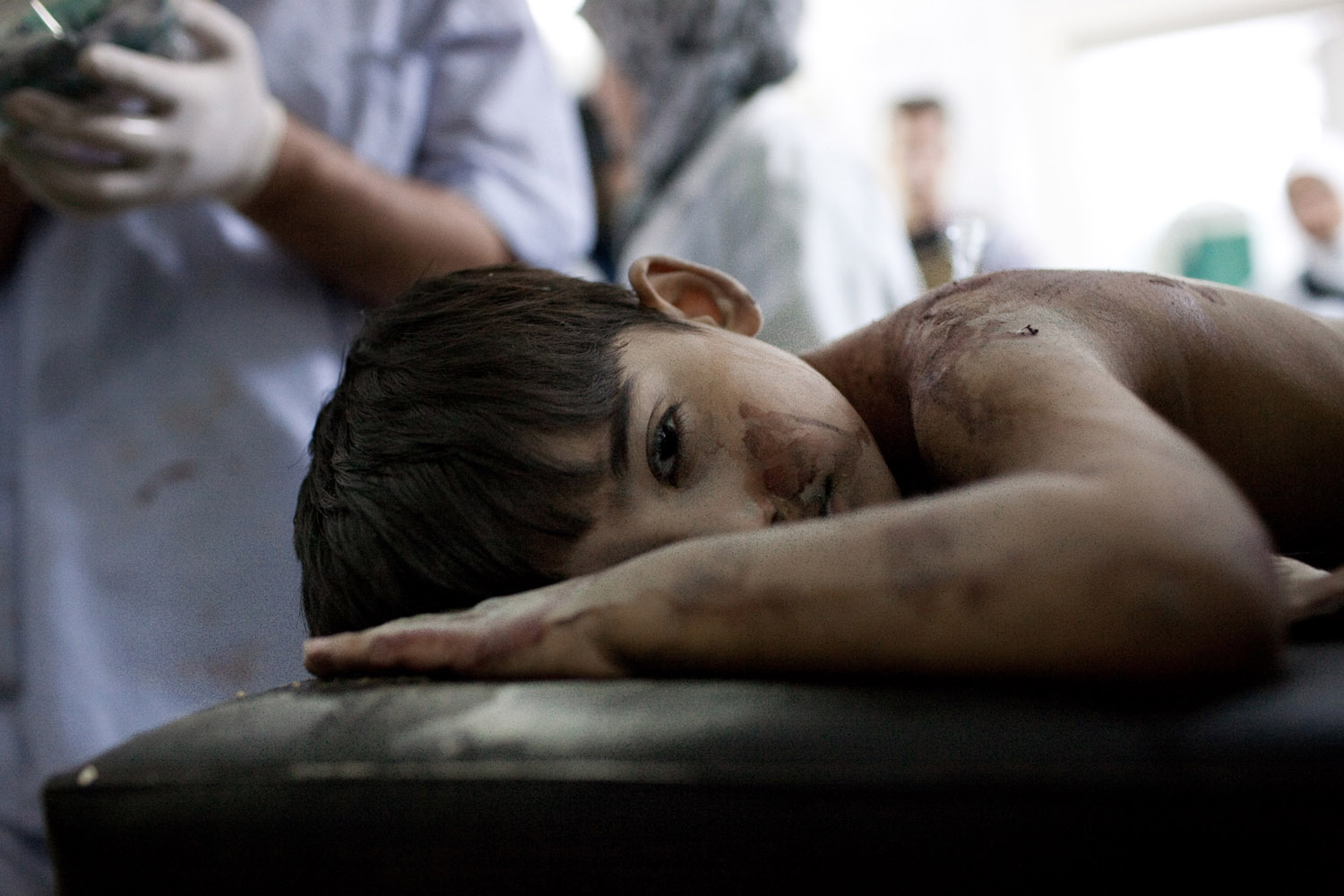
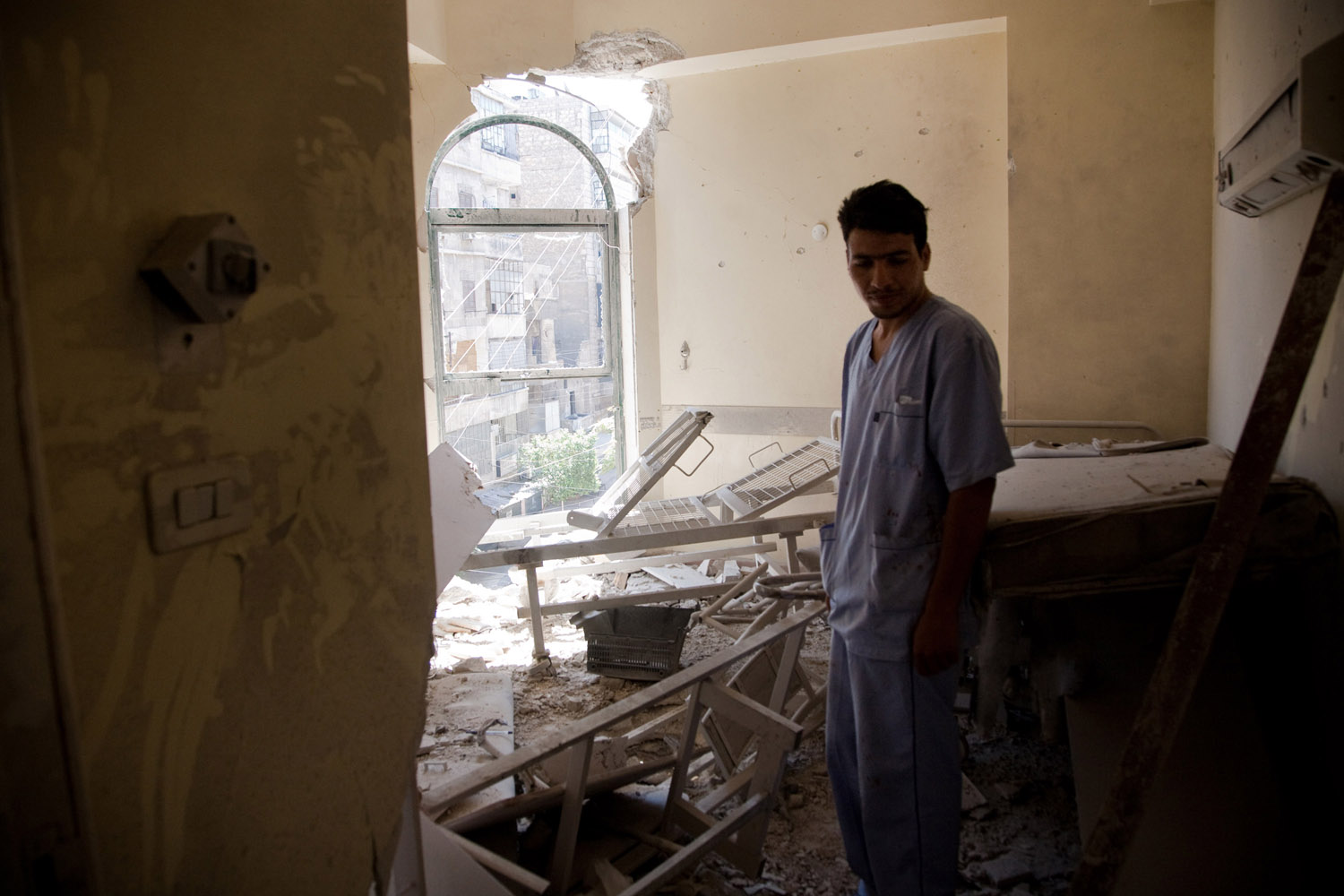


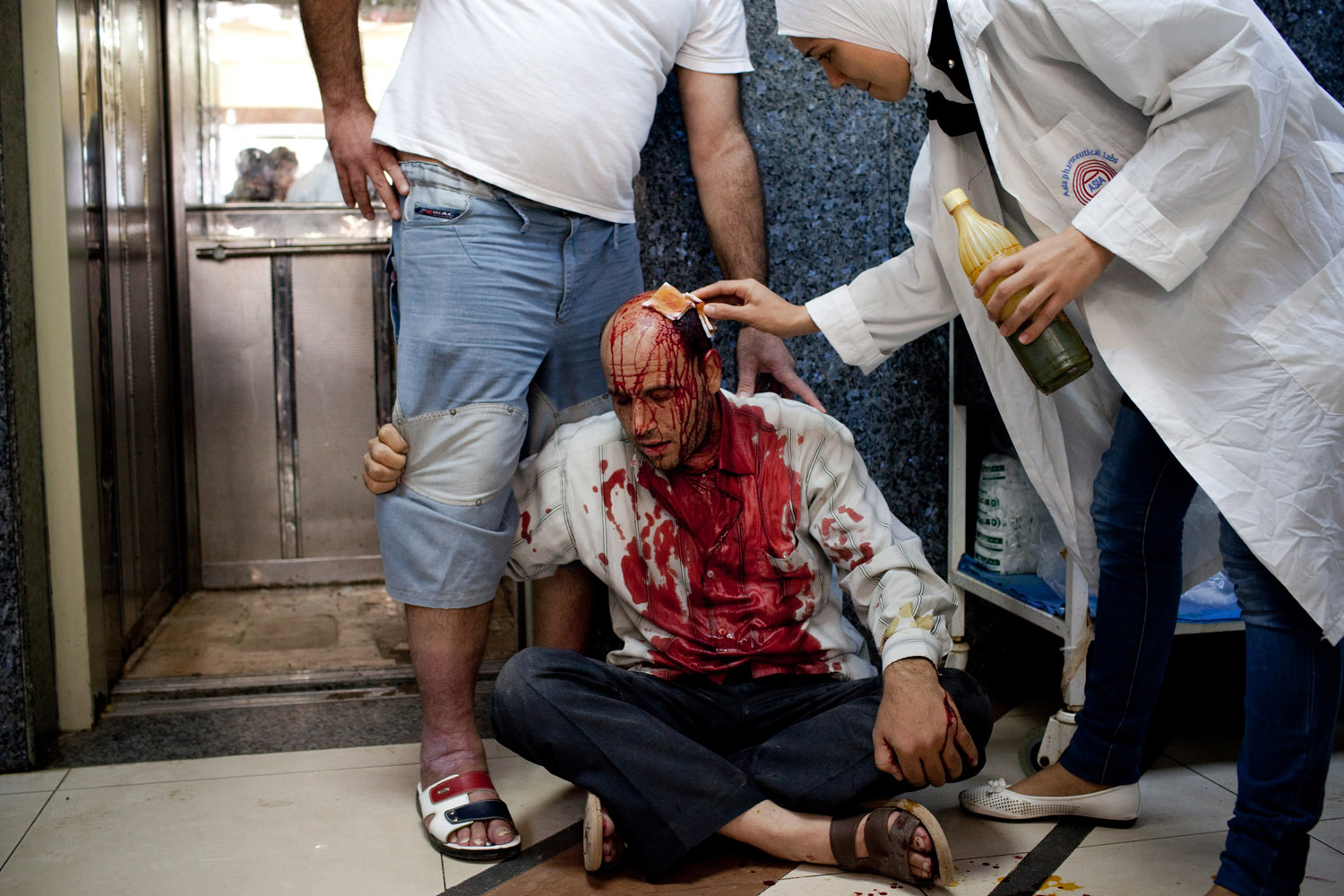


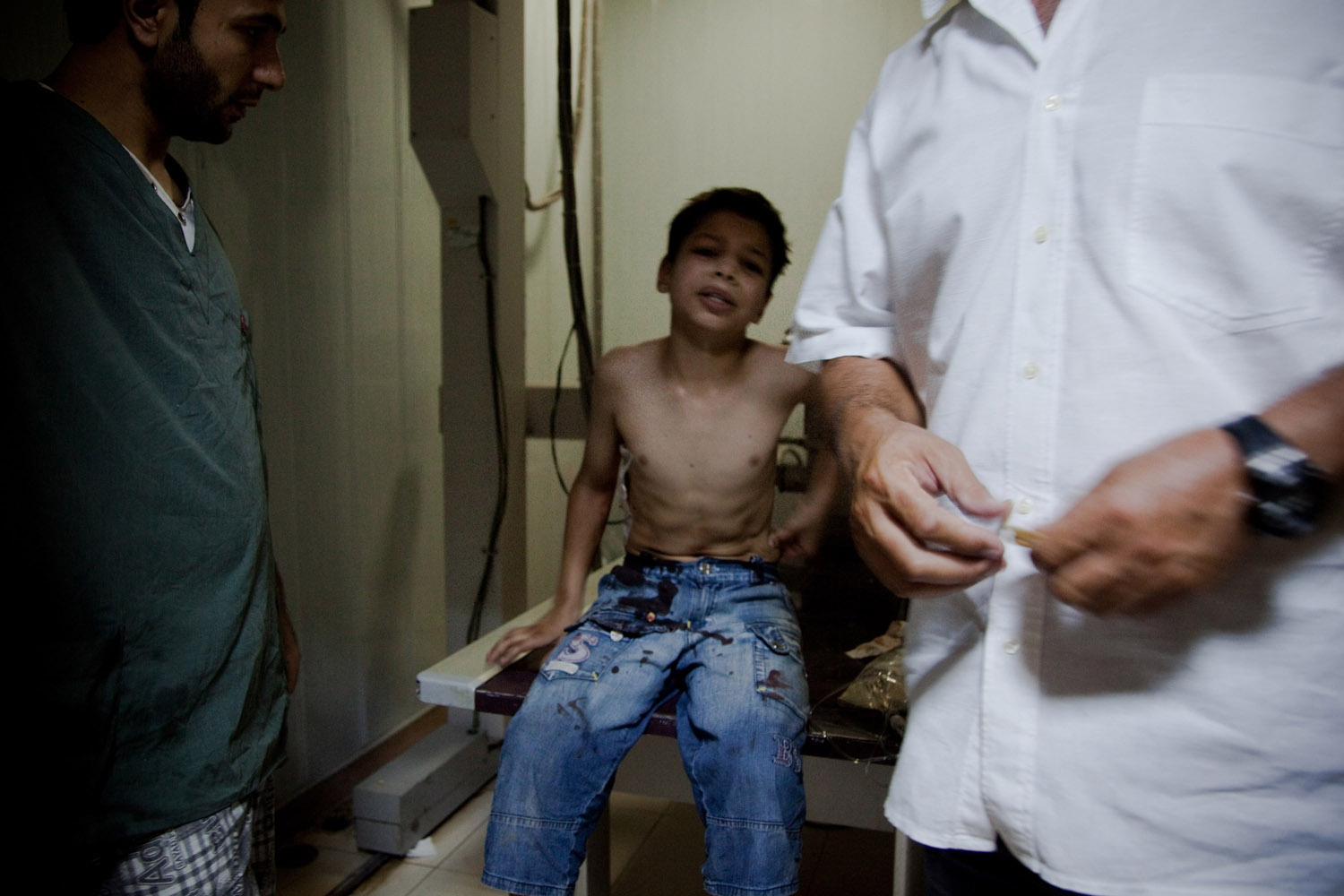
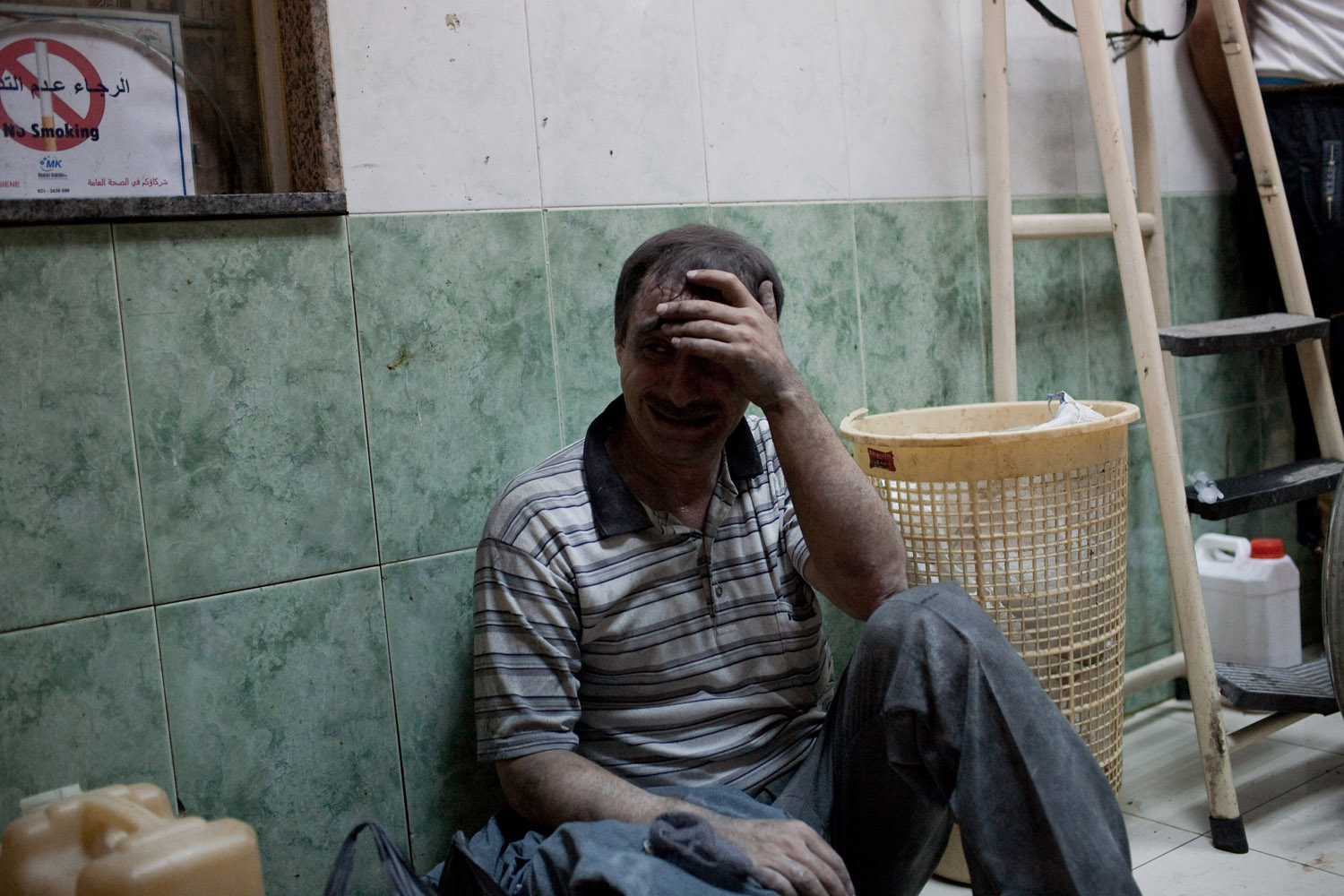
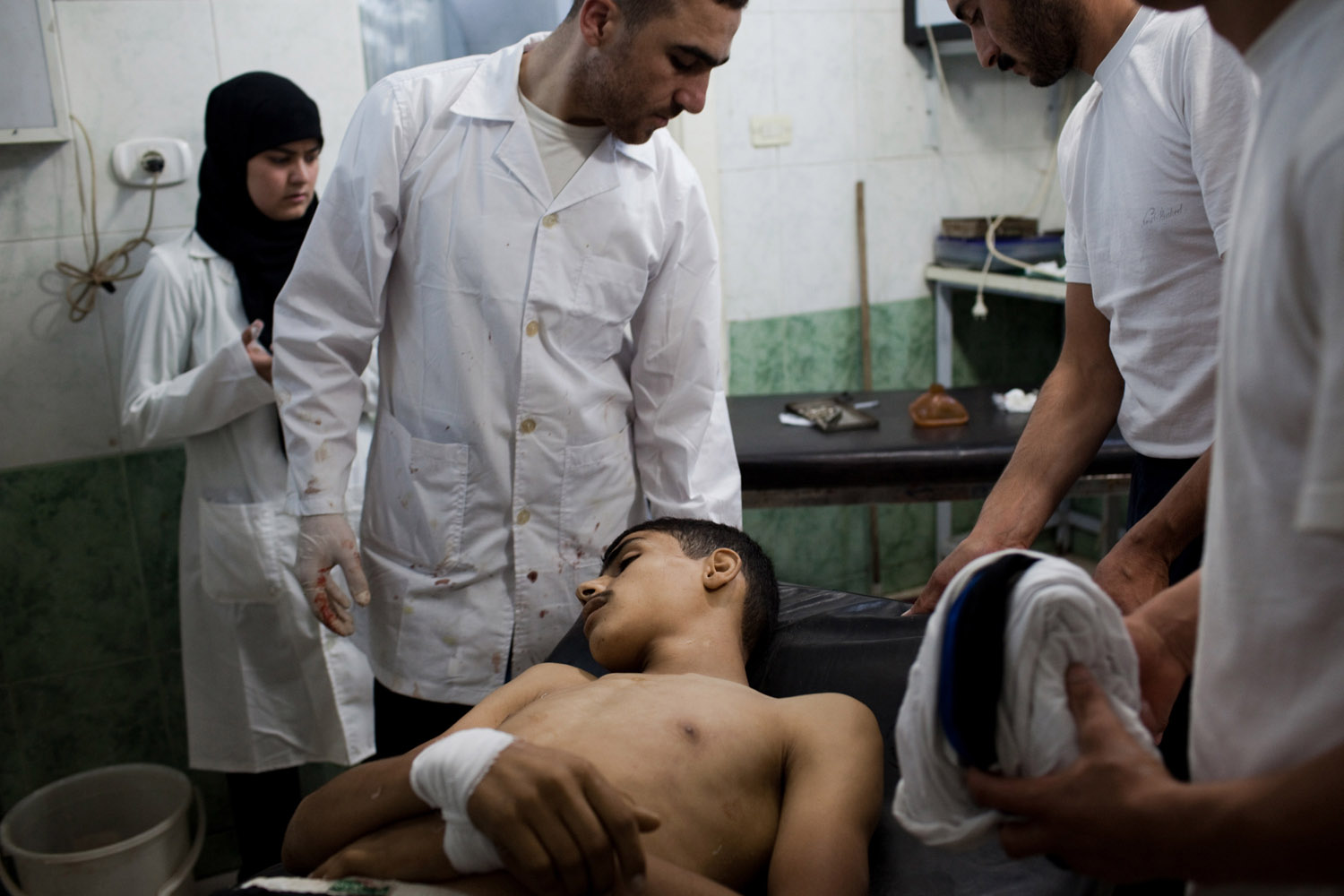




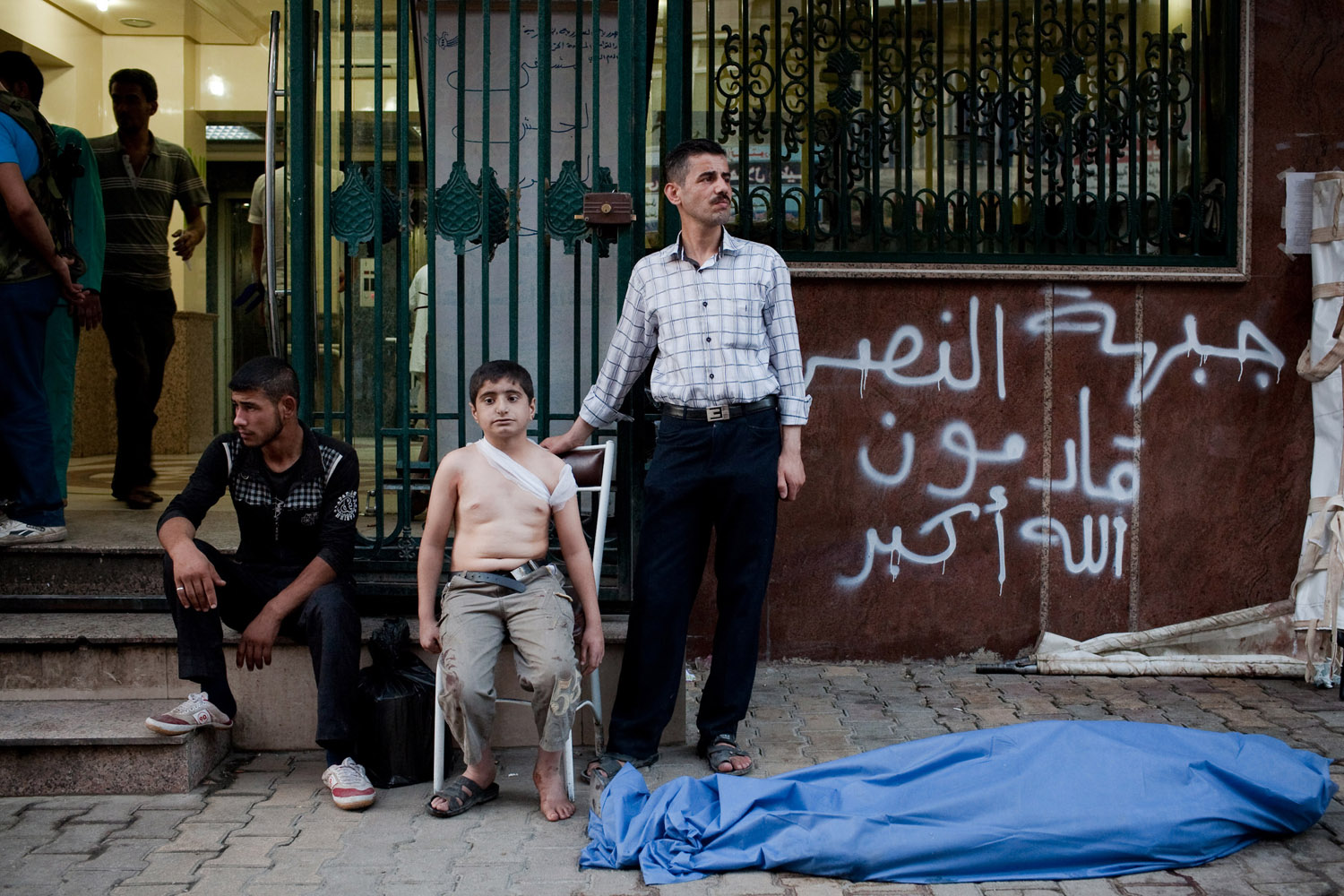
More Must-Reads from TIME
- Donald Trump Is TIME's 2024 Person of the Year
- TIME’s Top 10 Photos of 2024
- Why Gen Z Is Drinking Less
- The Best Movies About Cooking
- Why Is Anxiety Worse at Night?
- A Head-to-Toe Guide to Treating Dry Skin
- Why Street Cats Are Taking Over Urban Neighborhoods
- Column: Jimmy Carter’s Global Legacy Was Moral Clarity
Contact us at letters@time.com